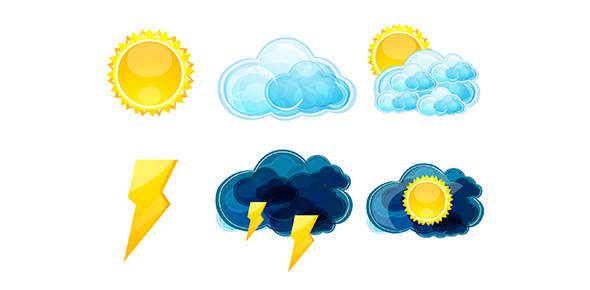Related Flashcards
Cards In This Set
| Front | Back |
|
Microscale
|
smallest
scale atmospheric motion, short lived 1km, lasting only a few minutes;
Example:
Individual thunderstorms, clouds, and local turbulence
|
|
Mesoscale
|
Atmospheric
motions ranging from a few km to ~100km, lasting many minutes or hours. Example:
Complex thunderstorms, squall lines, fronts,
mountain waves and sea and
land breezes.
|
|
Synoptic
Scale (Macroscale)
|
Circulation that dominates regions of hundreds to
thousands of km and typically last days or weeks. Example: Events like High and Low weather systems, ridges,
and frontal zones.
|
|
How does the earth’s
surface influence the flow of air above it?
|
Friction- the drag exerted
on the air by the earth's surface (e.g., plants, trees, buildings, mountains,
etc.). Friction always acts opposite to air motion and, hence, reduces wind
speed. Its greatest effect is near the earth's surface and rapidly decreases
with height (within lowest 1 km).
|
|
Describe several ways
in which an eddy might form
|
·
Surface
obstructions slow surface winds, which due to viscosity creates eddies of
whirling winds.
·
Solar
heating of the ground during sunny days cause thermals of warmer air to rise, these
thermals are large eddies.
·
Frictional
drag on the air flowing over the ground causes wind shears to develop.
|






